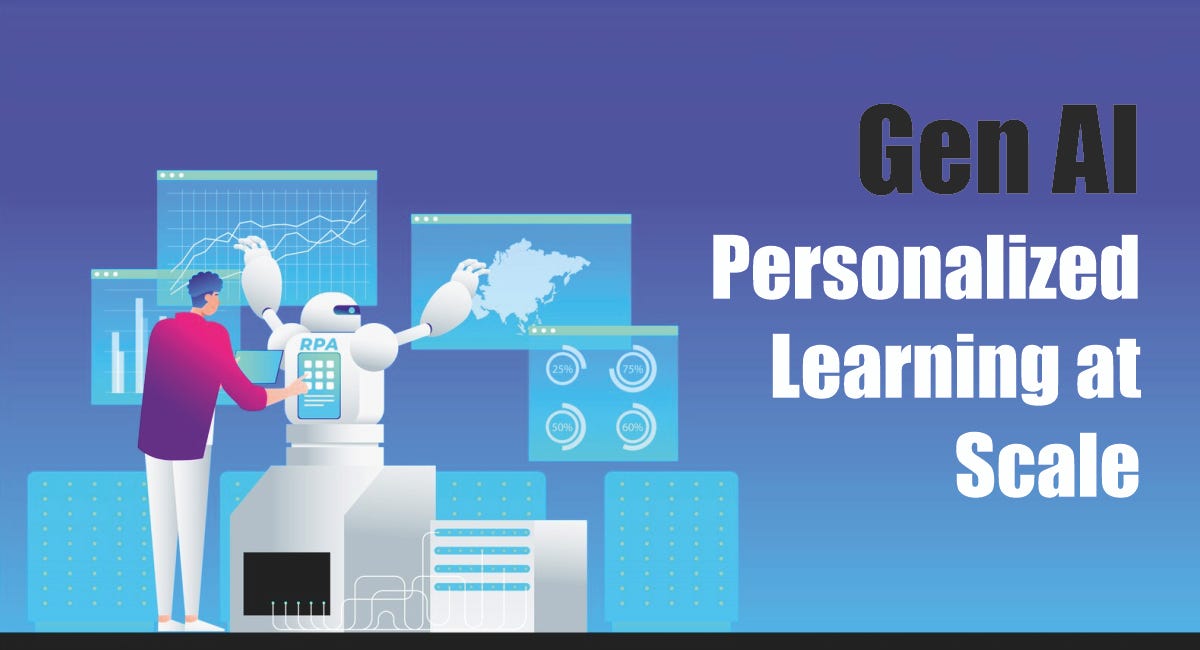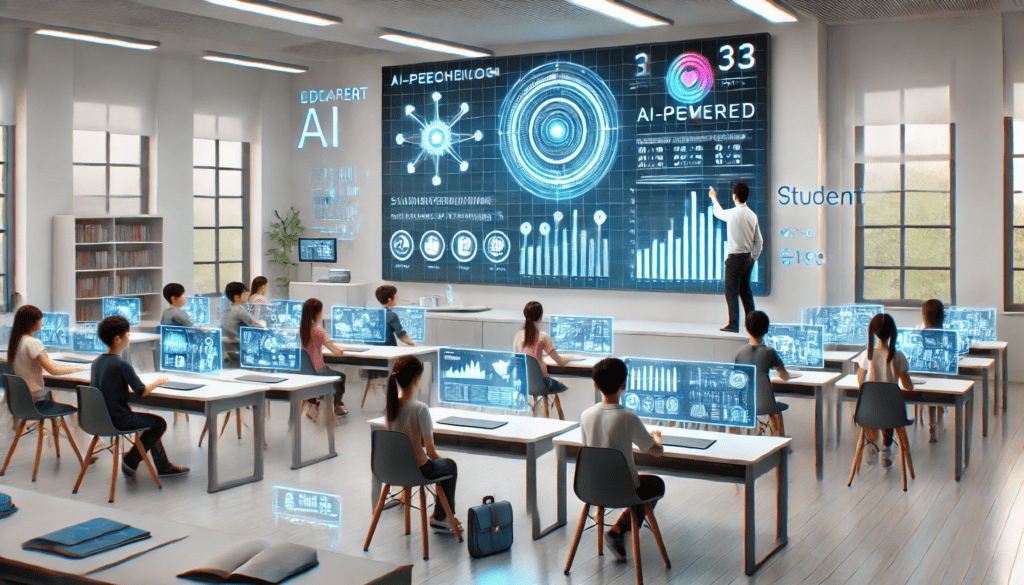EdTech Revolution is at the forefront of transforming education in 2025, redefining how students learn, teachers teach, and institutions operate. With AI-powered tutors, immersive virtual classrooms, and personalized learning paths, technology is no longer a supplement, it’s the core of modern education. This digital shift is bridging gaps, enhancing accessibility, and making learning smarter, faster, and more engaging than ever before. Let’s explore the cutting-edge trends driving the EdTech Revolution and shaping the future of education worldwide.
1. Personalized Learning at Scale

One of the most powerful features of AI in EdTech is its ability to personalize content delivery. Traditional classrooms have long struggled with the “one-size-fits-all” model. AI disrupts this by offering:
-
Adaptive learning systems that adjust based on a student’s strengths, weaknesses, pace, and engagement.
-
Real-time feedback that guides both students and teachers.
-
Tailored content for diverse learning styles—visual, auditory, kinesthetic, etc.
Example:
Khan Academy’s Khanmigo, an AI tutor launched in collaboration with OpenAI, offers step-by-step guidance that mimics the personalized help of a one-on-one tutor—available 24/7.
2. Smart Assessments and AI Grading with EdTech Revolution
Grading hundreds of assignments and exams is time-consuming for teachers. AI solves this by automating assessment processes with high accuracy.
-
Instant grading for multiple-choice and short-answer questions.
-
AI-generated quizzes based on class progress and difficulty level.
-
Plagiarism detection and writing style analysis to maintain academic integrity.
These tools free up valuable time for educators to focus on mentoring and strategy instead of paperwork.
3. AI Tutors and Chatbots for Instant Support

AI chatbots are becoming virtual teaching assistants. They can answer questions, clarify doubts, and explain complex topics.
-
24/7 availability means students can study at their own pace without being restricted to school hours.
-
Natural language processing (NLP) helps chatbots interpret student queries effectively.
-
Voice assistants like Alexa and Google Assistant now integrate with study tools and syllabi.
Example:
Apps like Socratic by Google allow students to take a photo of a problem and receive an AI-generated explanation, making homework a lot easier.
4. Language Learning Gets a Major Upgrade with EdTech Revolution
AI-driven language learning apps are making bilingualism more accessible. These platforms use voice recognition, grammar correction, and adaptive lesson planning.
-
Duolingo Max, powered by GPT-4, delivers conversational practice with realistic feedback.
-
Real-time pronunciation scoring helps learners improve spoken fluency.
-
Cross-cultural content is curated based on local idioms, customs, and media.
AI’s cultural awareness is helping people learn not just the language but also the context in which it’s used.
5. Special Education and Accessibility
For students with disabilities, AI tools are a game changer. Many EdTech platforms now include:
-
Text-to-speech and speech-to-text features
-
AI-generated subtitles and sign language avatars
-
Cognitive tools that detect stress or attention levels and adapt lessons accordingly
These advancements help neurodiverse learners and students with visual, hearing, or motor impairments participate fully in the classroom experience.
6. Teacher Empowerment and Classroom Management

AI isn’t replacing teachers—it’s making them more effective. From planning to execution, teachers now use AI to:
-
Design custom lesson plans using platforms like Curipod and MagicSchool AI
-
Analyze class performance and suggest interventions
-
Monitor classroom attention via AI-powered cameras (with ethical consent)
It’s not just about saving time; it’s about delivering better outcomes.
7. Immersive Learning with AI + AR/VR with EdTech Revolution
AI is also fueling the rise of immersive experiences. Combine it with Augmented Reality (AR) and Virtual Reality (VR), and students can:
-
Take virtual field trips to ancient cities or the solar system
-
Interact with 3D models of molecules or historic landmarks
-
Get real-time feedback during virtual lab experiments
Tools like ClassVR and zSpace are already bringing these experiences into classrooms.
8. Predictive Analytics to Prevent Dropouts
One of the lesser-discussed yet powerful uses of AI in education is predictive analytics. By analyzing patterns in attendance, participation, and test scores, AI systems can:
-
Identify at-risk students early
-
Alert teachers and parents
-
Recommend support systems or curriculum changes
This proactive approach is helping reduce dropout rates, especially in underserved communities.
9. Global Access to Quality Education
AI-powered EdTech platforms are bridging the education gap between urban and rural areas. All a student needs is a smartphone or tablet and internet access.
-
AI tutors can guide learners in regions where teachers are scarce
-
Translations and multilingual content open access to non-English speakers
-
Offline functionality (e.g., Coursera Lite or Khan Academy’s offline app) is also improving
Challenges and Ethical Considerations
While the benefits are clear, there are also valid concerns:
-
Data privacy: Student information must be handled securely.
-
Bias in AI: Algorithms must be audited to avoid reinforcing stereotypes.
-
Digital divide: Not all students have access to reliable devices or internet.
Governments, EdTech companies, and educators must work together to address these gaps responsibly.
The Future of Learning is Here with EdTech Revolution
AI is not a replacement for human connection—it’s a tool to enhance it. In 2025, we are witnessing an EdTech transformation where AI amplifies the strengths of teachers, empowers students to take control of their learning, and makes quality education more accessible across the globe.
The future classroom isn’t just digital—it’s intelligent. And this is just the beginning of the EdTech Revolution.



